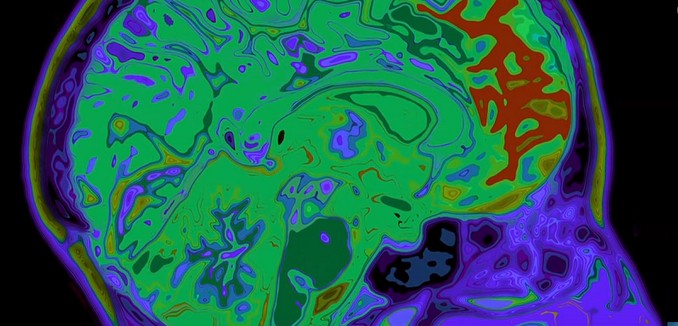Can neurodegenerative diseases such Alzheimer’s and Parkinson’s actually be reversed? New research from Tel Aviv University suggests so. It all has to do with how proteins clump together in a cell.
Let’s use the example of an omelet to explain what’s going on.
To cook an omelet, you have to scramble an egg. Once scrambled, it can never go back to the original egg form. Physiological and chemical changes cause its chemical bonds to break and its proteins to aggregate, restructuring the egg entirely.
However, Tel Aviv University Prof. Martin Kupiec and Kobi Simpson-Lavy at the School of Molecular Cell Biology and Biotechnology recently published a paper in Molecular Cell about a novel form of protein aggregation that seems to be reversible. Coauthors include Tianchang Xu of Tsinghua University, Beijing, and Mark Johnston of the University of Colorado.
“Most of the functions within our cells are carried out by proteins,” Kupiec explains. “When these proteins aggregate, they produce a ‘blob’ that renders them inactive.”
Protein aggregation tends to increase with age and can lead to neurodegeneration because proteins “can adopt an erroneous configuration, where they’re misfolded,” Kupiec says. The cells attempt to “pile up” the misfolded proteins at particular locations to minimize their toxic effect, but that piling up has been linked to Alzheimer’s, Parkinson’s and even “mad cow” disease.
Simpson-Lavy noticed that a particular protein he was studying, Std1, which is usually present inside a cell’s nucleus, would appear outside the nucleus in an aggregation whenever glucose was added to the cell.
When the glucose was removed, “the aggregate dissolves and the Std1 protein could be seen again in the nucleus,” Simpson-Lavy explains.
In other words, an irreversible aggregation could be reversed with something as simple as the presence (or lack) of a simple sugar.
That doesn’t mean the researchers have discovered a cure for Alzheimer’s just yet. There’s lots more work to be done including how to replicate the results from one protein with much more complex ones.
Still, “these results could open the way for possible future treatments that may try to change the aggregation from irreversible to reversible,” Kupiec says. And that may make it “possible to treat neurodegenerative diseases and reverse the effect of the aggregates.”
Or, as he adds with one eye in the lab and another in the kitchen, “it may still be possible to reconstruct an egg from an omelet.”
(via Israel21c)
[Photo: NOVA PBS Official / YouTube ]




